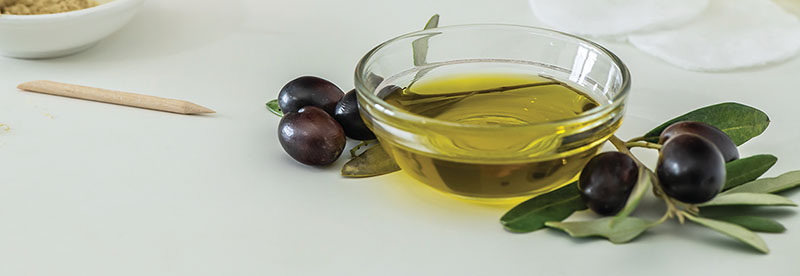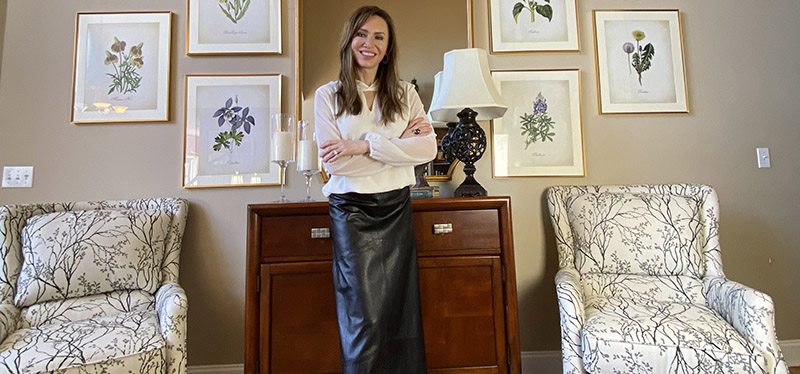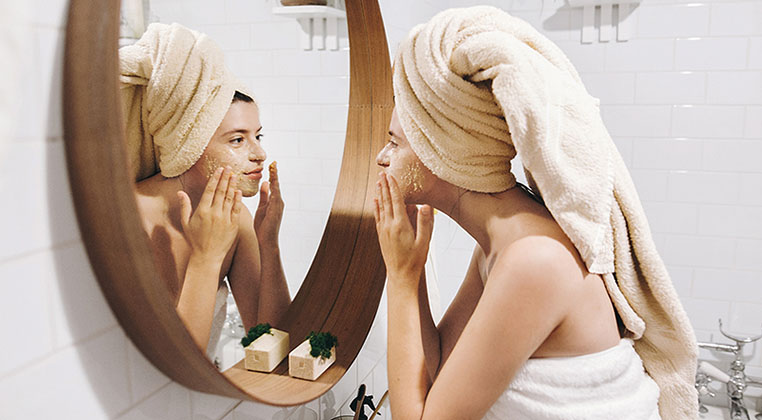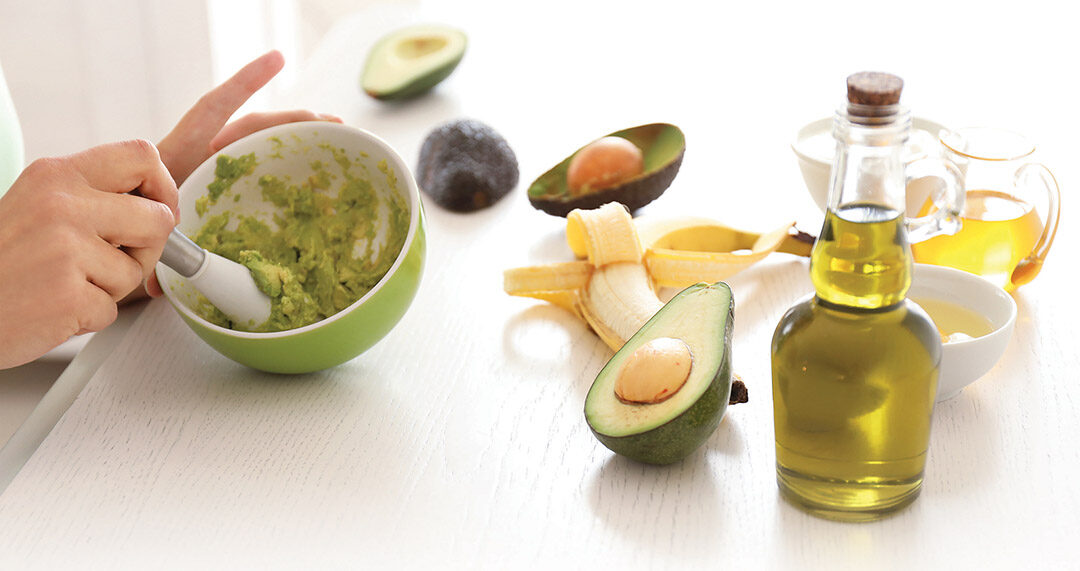
Unique Topical Uses of Olive Oil
Olive oil is a staple in cooking and in many dishes and marinades. And for good reason! In recent years, more and more research has demonstrated the health benefits of olive oil. But what about using it in ways that don’t involve cooking and eating? Here are 7 unique — but very effective — ways to use olive oil on your body.
As a moisturizer. Whether you’re prone to dry skin year round or the weather has you reaching for an extra-strength moisturizer, olive oil can help. Just a small amount on your dry areas (and even in your nail beds!) will act as a deep moisturizer.
To reduce frizziness and split ends. We’ve all had those days: you’re put together in every other way, but the weather or a busy schedule rendered your hair a little (or a lot) frizzier than you’d like. A little olive oil over your ends and throughout your hair will help de-frizz and give it a healthy gloss.
As chapstick. To make a soothing lip balm, simply mix olive oil with a little sugar. Olive oil is hydrating — and it might not taste like the artificial candy chapsticks you can buy in stores, but it doesn’t taste bad, either!
As a shaving cream substitute. Not only does olive oil double as a chemical-free shaving cream, it will also moisturize your skin and allow for a close, precise shave.
As a makeup remover. Out of makeup remover? No problem. Use a cotton pad dipped in olive oil to remove your eye and face makeup.
To remove chewing gum or paint from hair. Don’t chop off your beautiful locks just yet! If you got something like chewing gum or paint in your hair, massage the area with olive oil, wait a few minutes, and then gently remove the substance.
As a face or hair mask. Goodbye, expensive treatments! You can easily make face or hair masks at home, using olive oil and other ingredients you probably already have on hand! Not only are these easy on the wallet, they’re also hydrating and cleansing, without all the weird ingredients you can’t pronounce.




